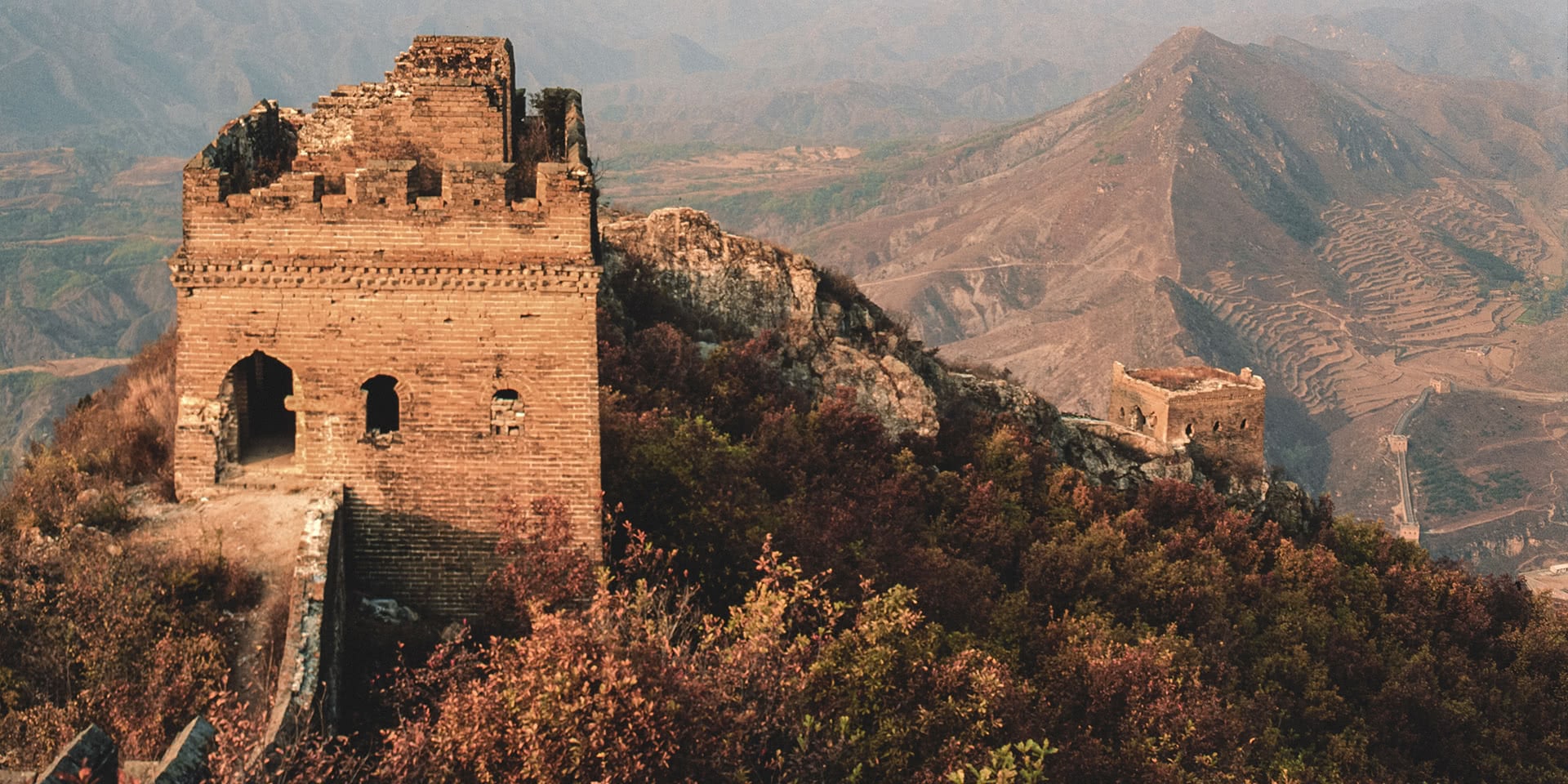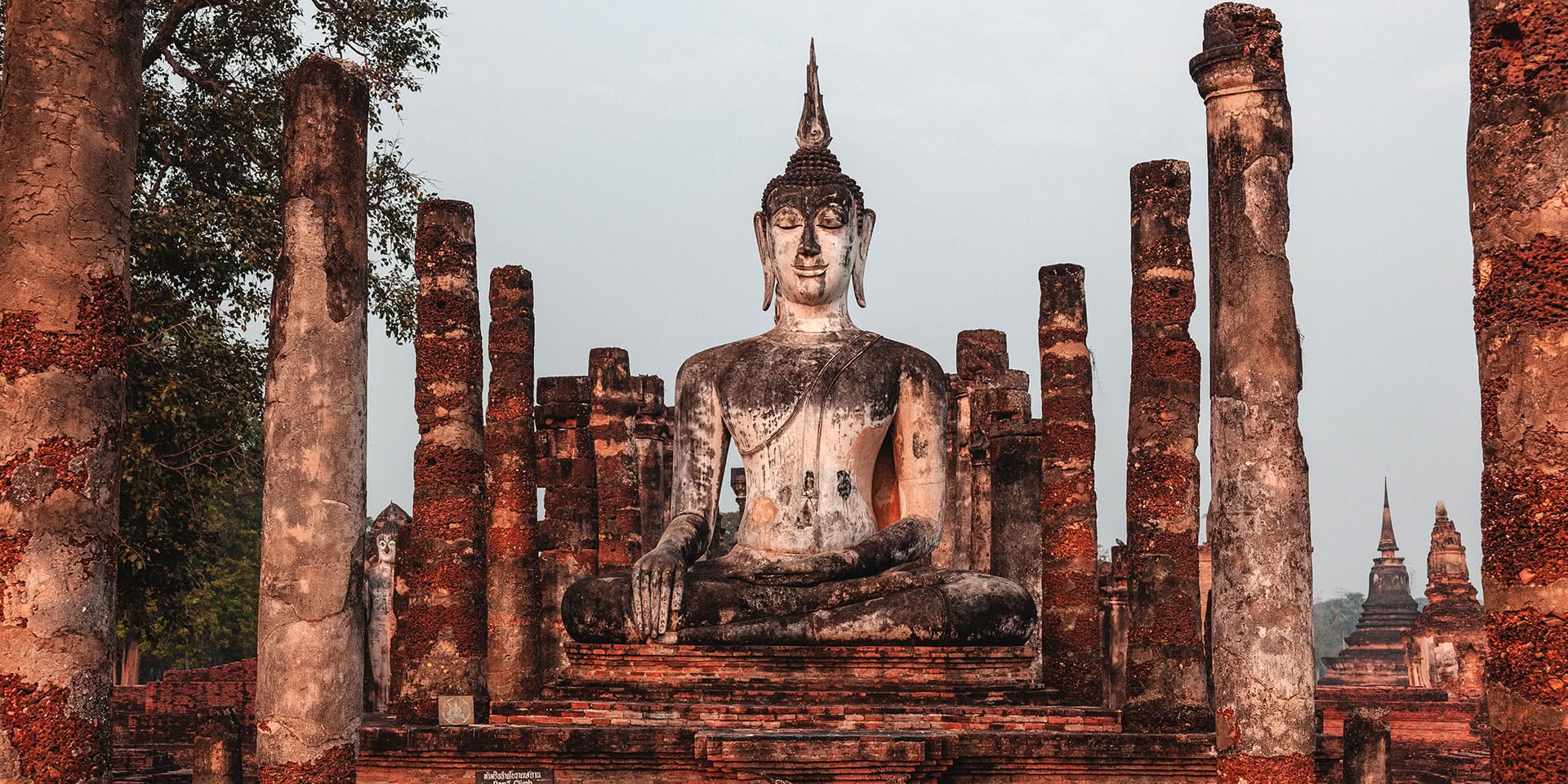
The largest peaceful gathering on Earth, the Kumbh Mela festival involves millions of people making a pilgrimage to the confluence of the Ganges and Yamuna rivers, where they will bathe in an attempt to purify their sins. The festival takes place where the Hindu scriptures say the gods spilt a single drop of the elixir of eternal life. Kumbh means “pitcher,” a reference to the orb from which the elixir was dropped during the great “churning of the ocean.”) The term “Mela” means “fair.” Vishnu is said to have spilled four drops of the elixir: one in Nashik, Ujjain, Haridwar and Allahabad/Prayag. Hence, there are four distinct Kumbh Mela celebrations in these spots.
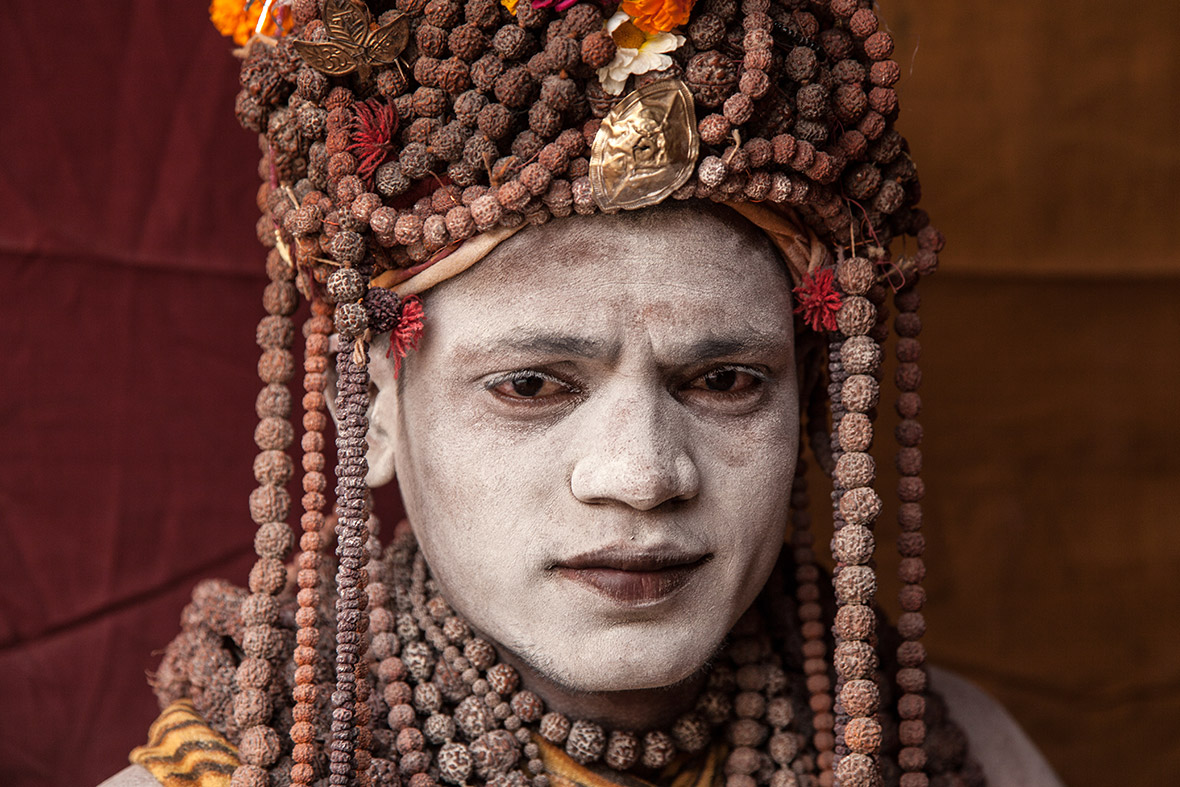
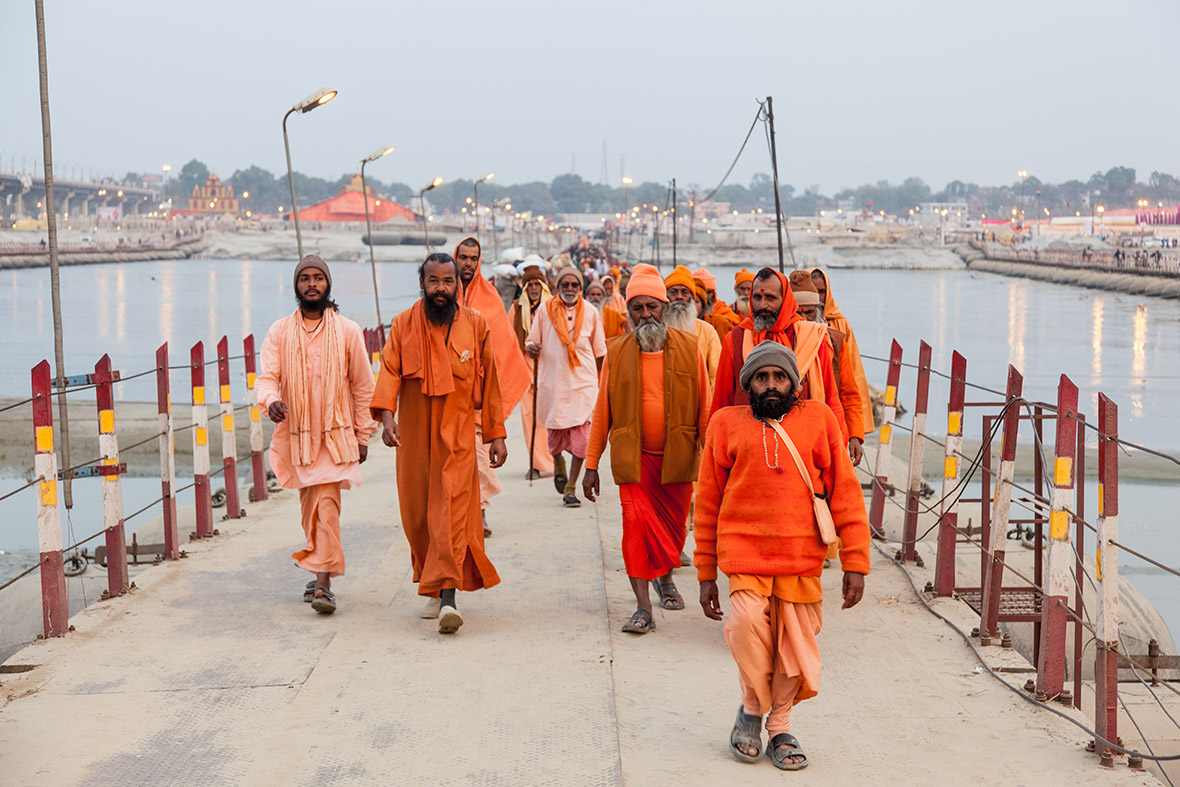

Within a few minutes of checking into the Lakshmi Kutir tented camp and grabbing a bite of lunch, I ran into Diego Buñuel, host of one of my favorite travel shows, “Don’t Tell My Mother.” I always enjoy his show because in many ways, I travel like Diego. I like edgy places such as Haiti, Nigeria, Lebanon, Colombia and North Korea. Chatting with Diego while he shot a documentary made me feel I was in the right place, and and this feeling would be proved over the next two days.

Coming from Varanasi, a fairly dirty Indian city, I expected the worst at the Kumbh — however I was pleasantly surprised. The organization was impressive. There wasn’t trash strewn all over the place (as I would see in other Indian cities) and it didn’t have that familiar pungent smell for which India is famous. This was unusual to say the least, considering I’d often witness people defecating in the middle of a field in plain sight. The tented city was laid out in a comprehensive grid system, with dedicated medical, police and administration for each area

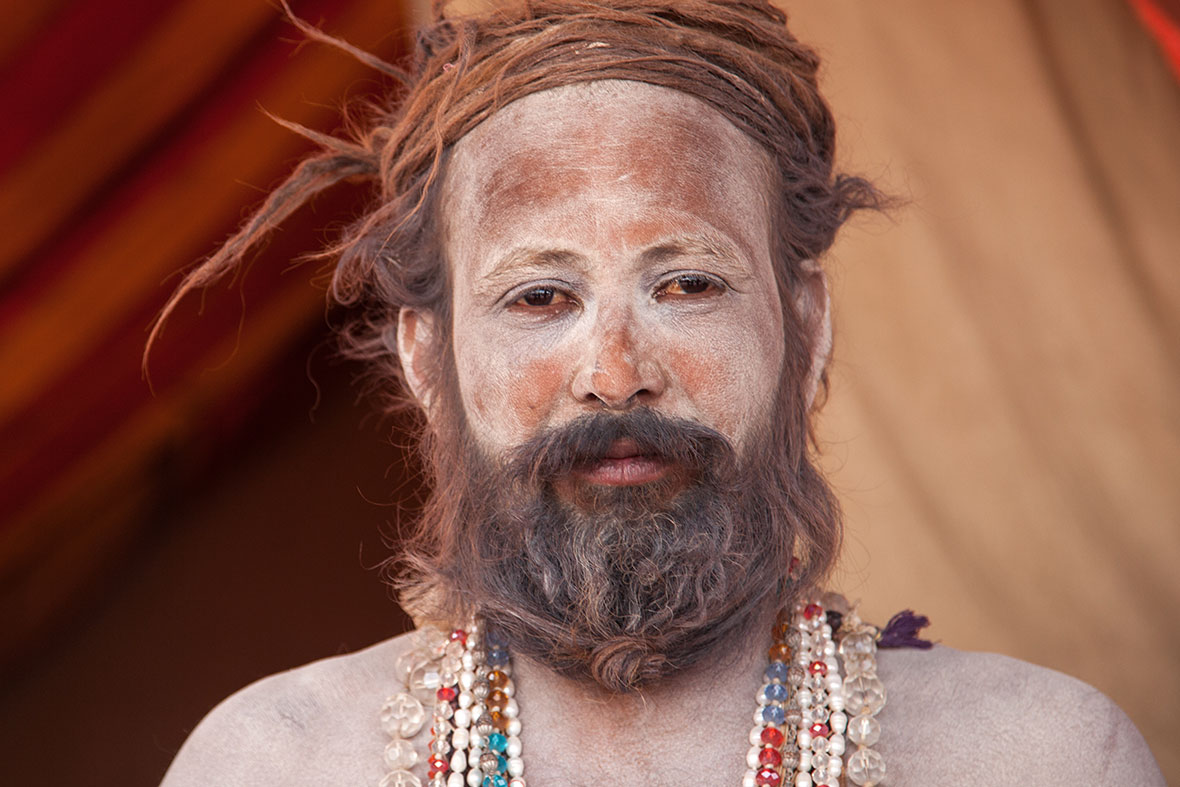
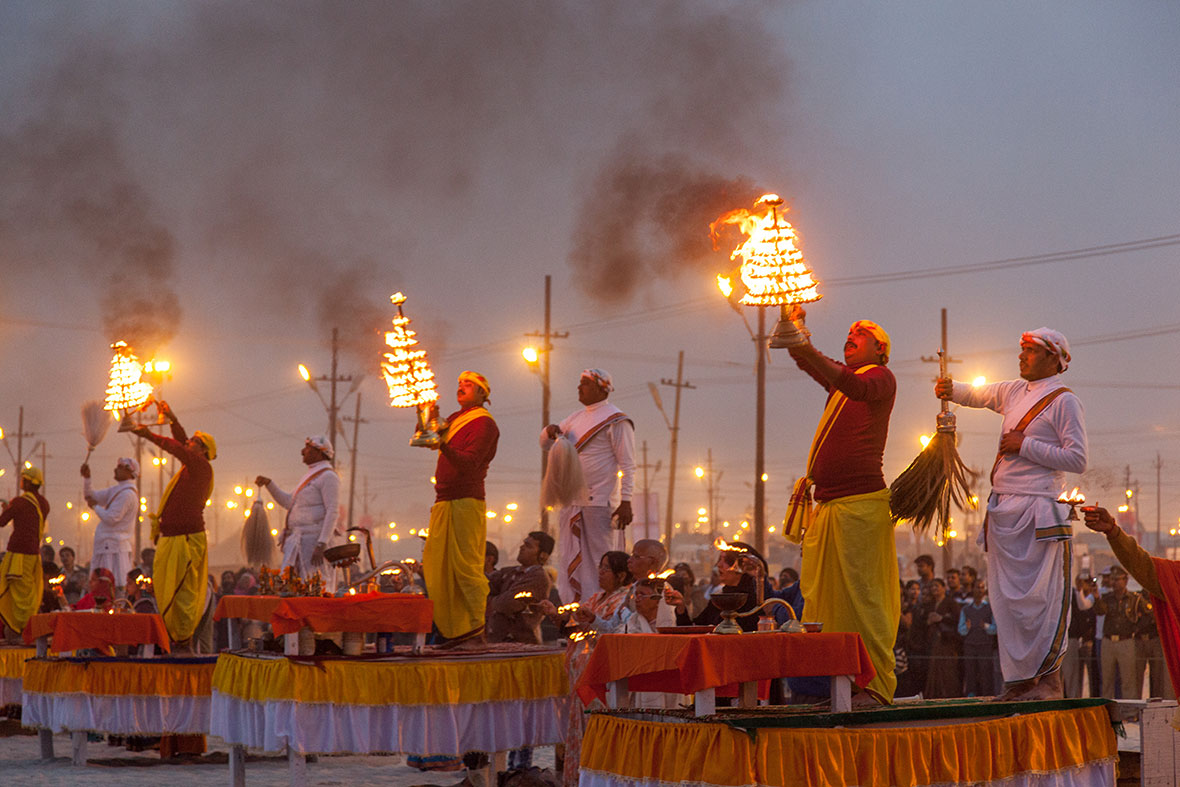
The next day we left the camp at the break of dawn to walk down to the Sangem, in our quest to photograph pilgrims taking a holy dip at the confluence of the three rivers.
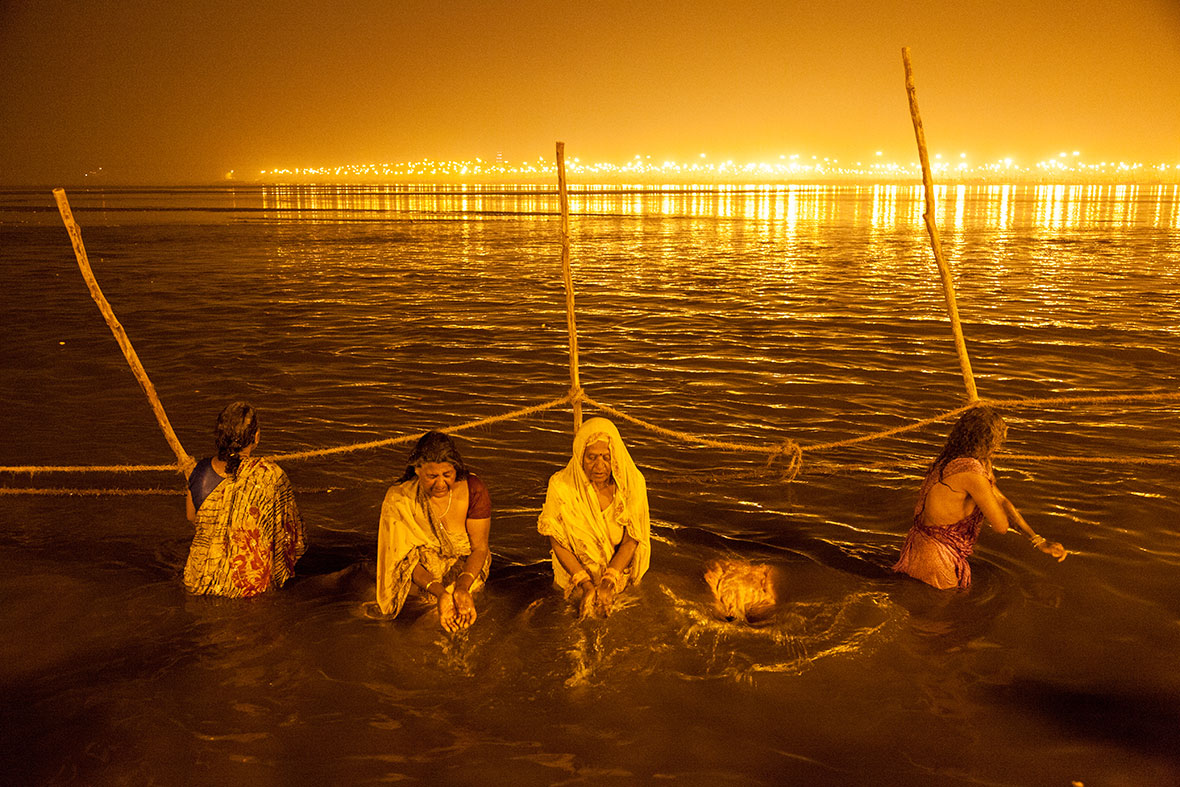
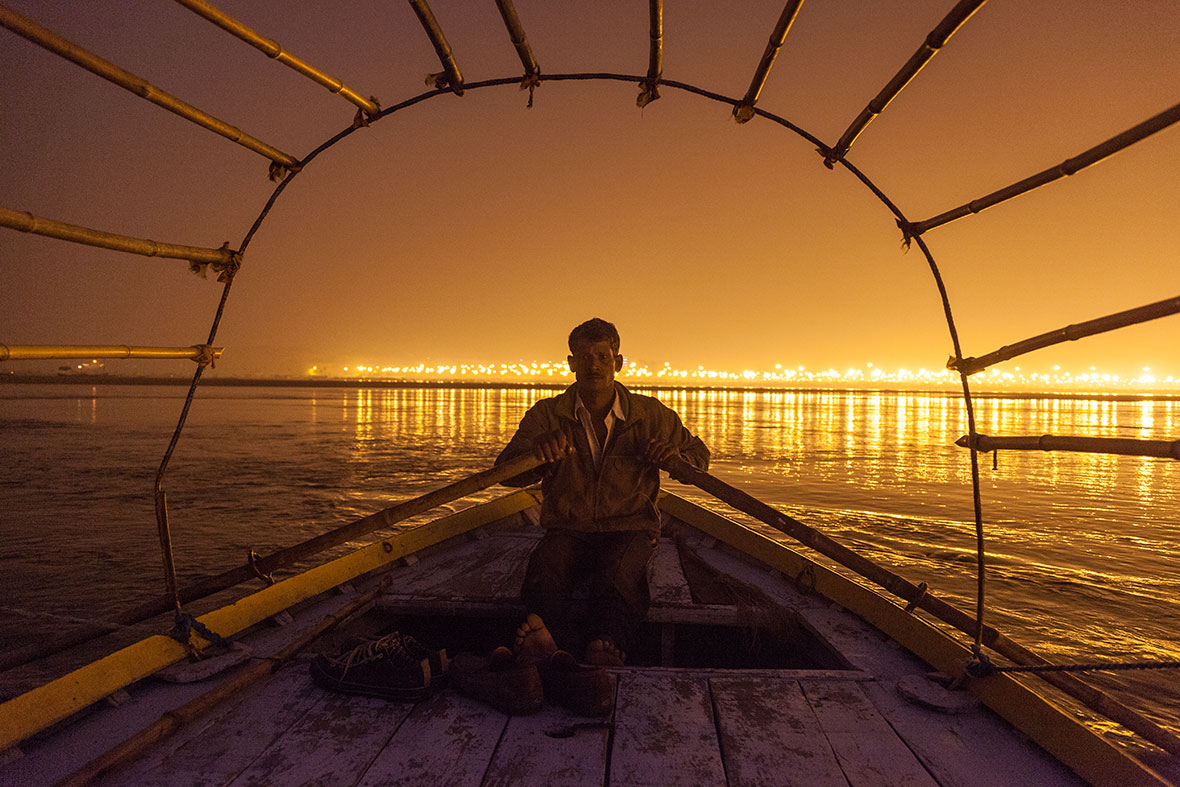


In the distance, we could see that there was something strange going on. There was a group of around 100 people on the horizon. We headed over as quickly as we could, to discover a large group of men undergoing an initiation ceremony to become Naga Babas. Sporting freshly-shaven heads, they had given up all of their possessions apart from a loincloth.. Suddenly, they dashed into the Ganges to place offerings into the river.

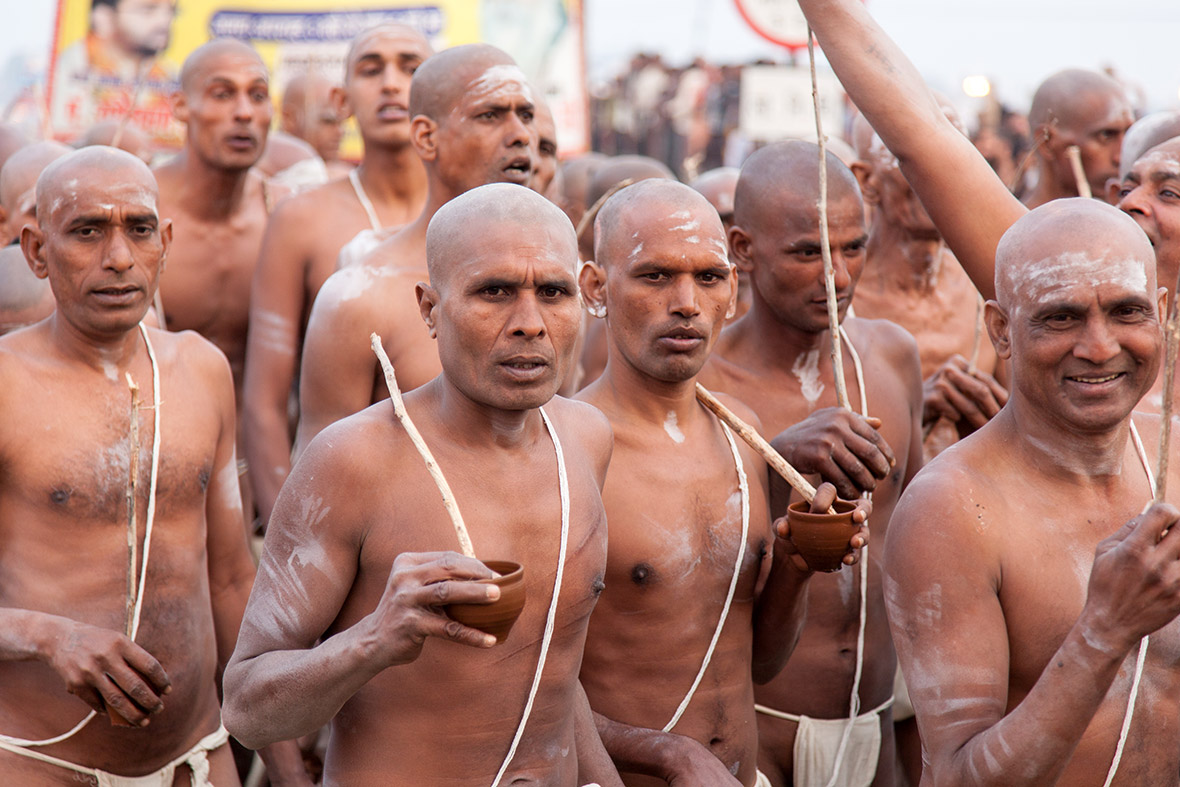
In Sanskrit, “sadhu” means “good man.” This references their lives lived on the outer fringes of society, without being governed by India’s repressive traditional caste system. “Sadh” in turn comes from Sanskrit, meaning “make straight,” “gain power over” and “reach one’s goal.” It is similar to “Sadhana,” a term that infers “spiritual practice.” Sadhus are sometimes feared for their ability to project curses on others. These curses are deemed powerful and difficult to reverse. As such, the Sadhus are both hailed and feared at the same time.
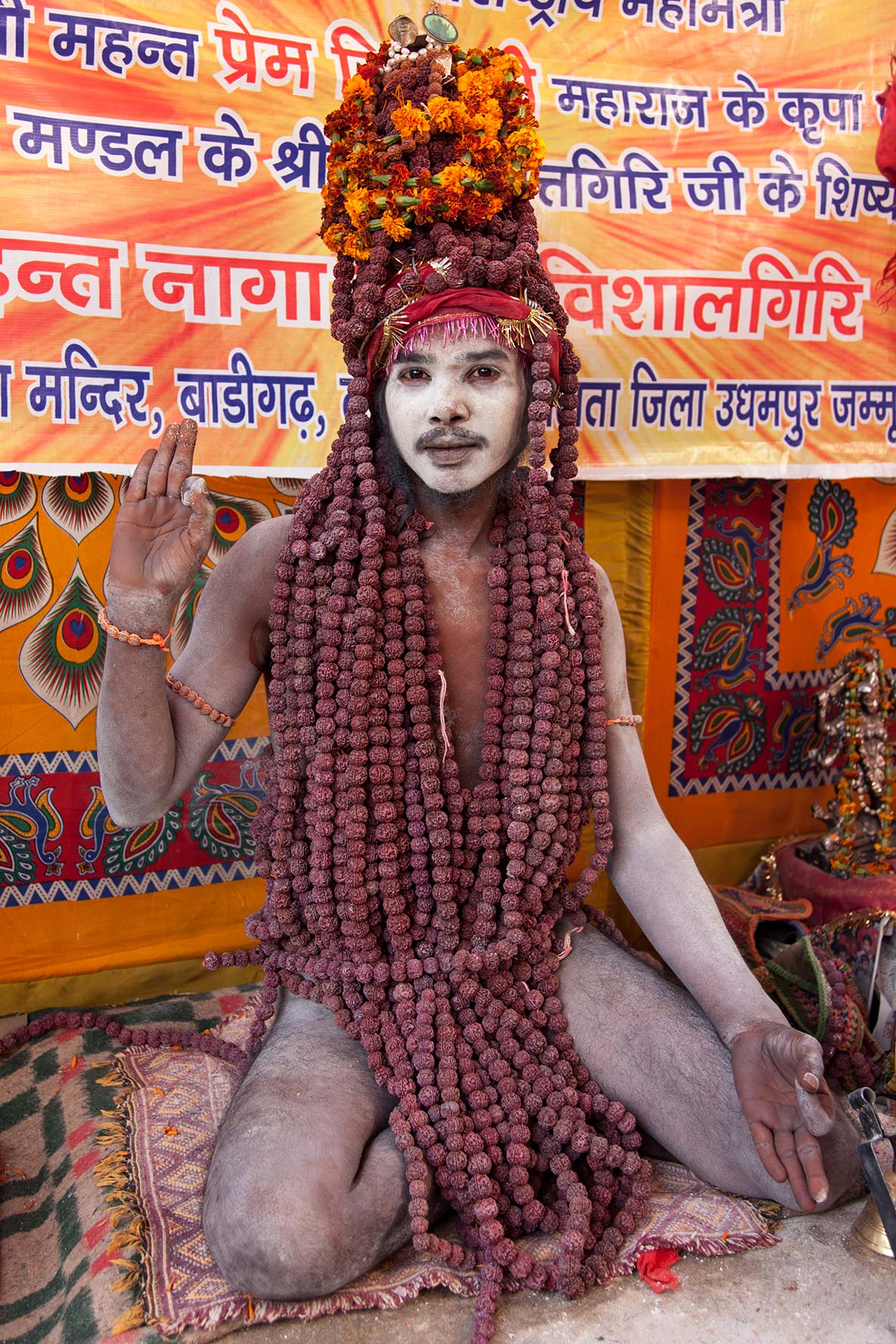
The Naga Babas are a unique, and almost priestly caste, greatly admired by most of Indian society. Their ascetic ways are deemed to purify sins and can transform the karma of entire communities. This is a truly ancient religion.
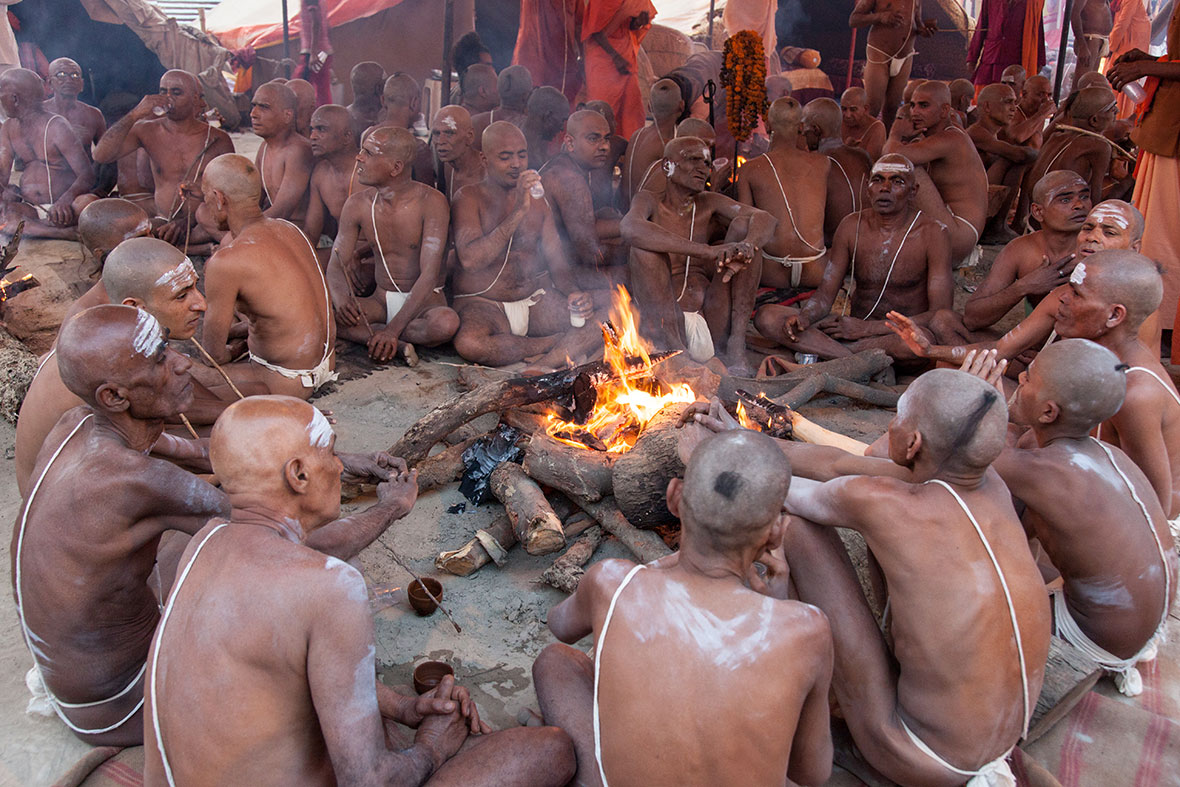
Watching the sun dip beneath the horizon, I pondered all I had seen. The sun rises and sets on this Earth every day without ceasing. In the winter the birds fly south. The Moon controls the tides. The cycle continues, unending, having begun before time was even recorded. India is one of the oldest civilizations on Earth and I had managed to unlock one of her grandest secrets. It was the perfect ending to my Indian discovery.


